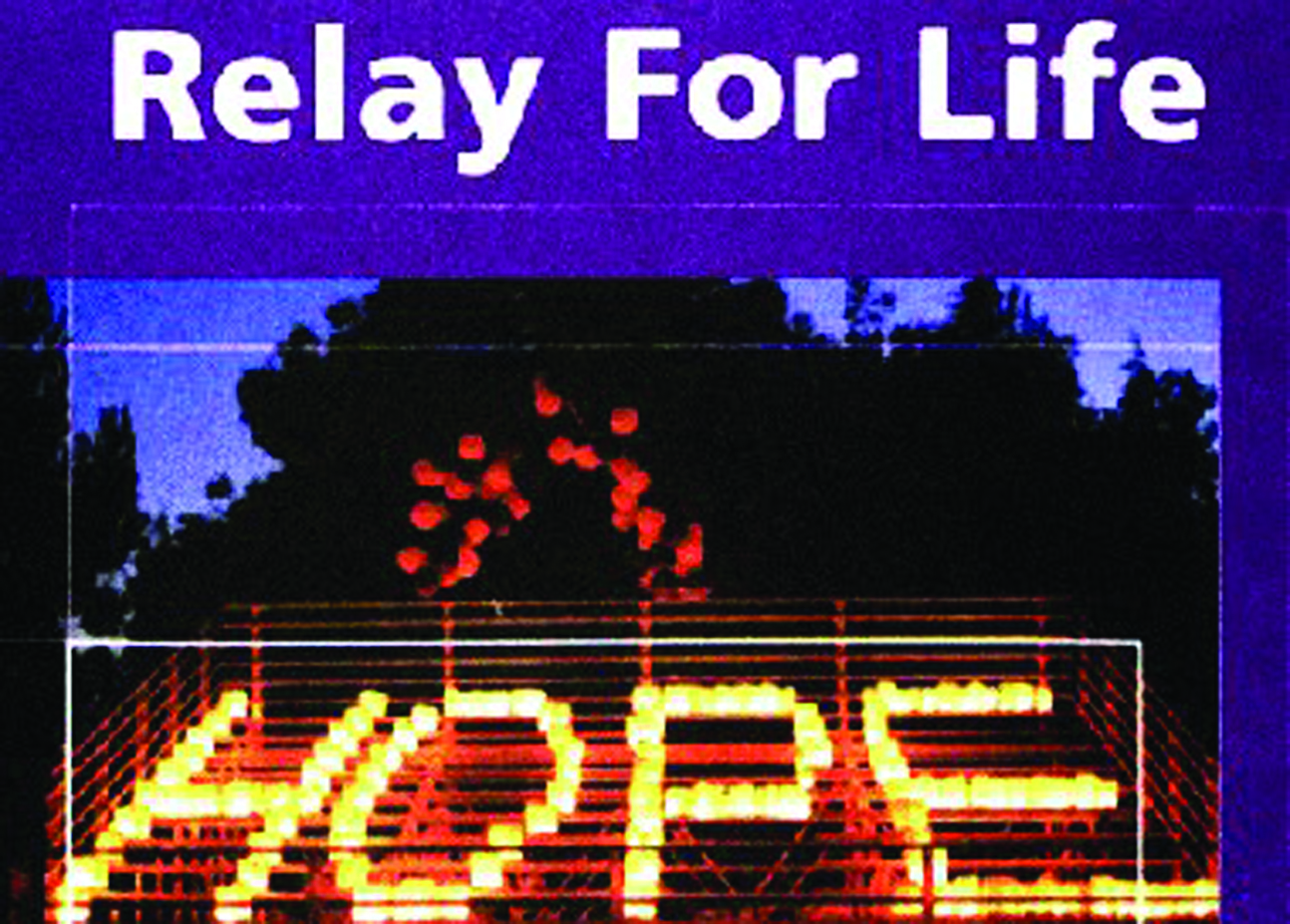A weekly inside look at the unique faces and personalities that make up The College of Wooster community.
Sally Kershner
Features Editor
How different is it living in Wooster compared to your time abroad in Italy? What has surprised you the most about Wooster?
I’m originally from San Francisco, went to graduate school in Charlottesville, Va. and have lived many years of my adult life in Rome, with travels to Florence and Sicily in between. I was expecting Wooster to be a lot smaller, but I find it to actually be very vibrant — especially because it’s a stone’s throw away from Cleveland and its world-class art museum. I was surprised that there’s great local culinary culture. I love good food!
But I love the campus community here even more. I find everybody mutually and intellectually engaged, which is very energizing for my teaching and research.
Wooster is obviously very different from Rome in a lot of ways, but I still find myself inspired in many meaningful ways. I might not live next door to the Colosseum, but because I see similar interests and enthusiasm in my peers and students, I’m about as close to Italy as I can get without putting my foot on the ground.
What is your specific area of focus in art history, and how did that play into your time at the Vatican?
In 2007, I was an intern at the Vatican’s Pontifical Institute of Paleochristian Archaeology, which is a sister institution to the Vatican Museums. Later, I was a Fullbright Scholar conducting research in the Vatican Library and Secret Archives — which is nothing like what Dan Brown describes!
My particular focus is Raphael. I’m especially interested in his Roman period and his engagement with the ancient footprint. When I had my internship, I had the privilege to visit the papal palace and see in person the incredible paintings Raphael produced in the style of the “Domus Aurea,” which were made for Leo X and are now closed to the public. That was my “ah-ha” moment — it resolved for me my mutual love of Latin, Greek, archaeology and Renaissance art. I realized that by pursuing my Raphael at the Vatican, I could have the best of every world.
Most recently, my research has focused on the Neo-Latin and Neo-Greek manuscripts that once belonged to Raphael’s papal patrons.
Why is it important/relevant today to continue education in art history? Where do you see the discipline going in the near future?
My chief goal for any of my students is perspective, by which I don’t mean linear perspective (art history joke). I want my students to develop global responsibility, sensitivity and fluency as they approach different people, cultures and moments.
Art history is implicitly interdisciplinary. We are engaged naturally with language, literature and philosophy, and it surprises students that we so frequently interact with science and technology. Art history can open vast panoramas onto many different lived histories, which are at once religious, political, social and economic. Ultimately, these perspectives can help us find our own place in our current communities and at large.
Fun fact or cool story?
I recently did genetic testing through 23 and Me, and it revealed that I carry 98% more Neanderthal DNA than the rest of the tested population. My grandmother always said that we are related to Botticelli’s Venus, but unlike my genetic test, that is totally unverified.

